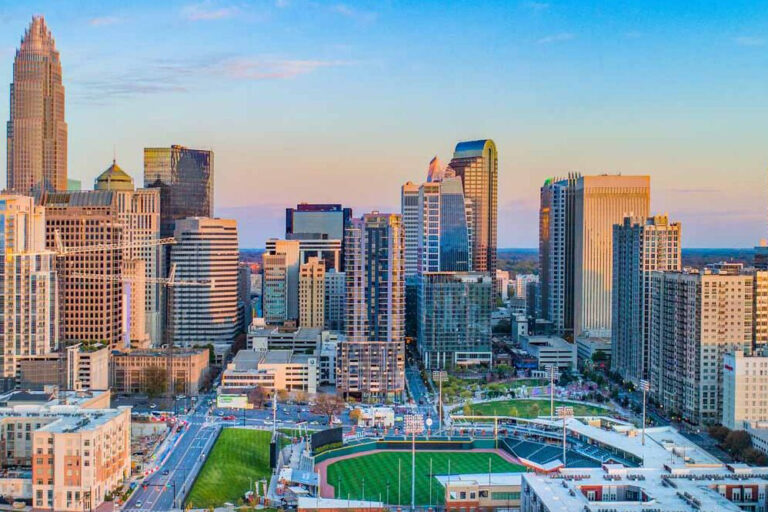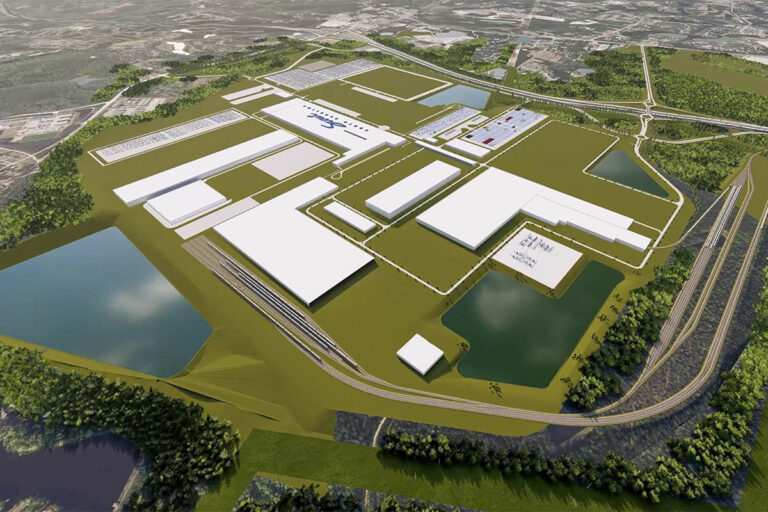
How do you envision the workplace of the future?
Space is enjoyed in a different way nowadays. The trend is to shrink private space a little and make communal space more important. Last year, I published an article in the Harvard Business Review called “If work is mobile, why do we still go to the office?”. The key point expressed is that we can work from anywhere. Having said that, why do we then still have offices?
I think it is for human interaction, which is still very important due to the potential for serendipity and exchanging ideas in a physical space. We still want to have a place to meet people. Offices are generally designed differently, according to the tasks to be executed. Those tasks often executed in front of a desktop computer or in a cubicle are now being outsourced to artificial intelligence or robotics meaning that this type of space is no longer needed. Offices are becoming more like living rooms.
We have developed this concept of Office 4.0, how office space can change because of technology and how technology is transforming work.
“Having a place that promotes exchange of ideas and human interaction is important.”
Carlo Ratti, Director of the MIT Senseable City Lab
So office space and buildings are changing?
Just 5 to 10 years ago, most people still used desktop computers which chain you to a desk in a cubicle so that you are not mobile at all. Today, things are different, and we are much more mobile as we use laptops, tablets, and cell phones which allow us to be more flexible and thus we need a more flexible workspace.
A well-designed workspace improves performance, speeds up innovation, and builds a healthy culture. Having a place that promotes exchange of ideas and human interaction is important. You produce these serendipitous circumstances, but you also create a more sociable environment.
However, you need to make sure you also have a gradient of spaces between public and private. Sometimes you still want a private space for a meeting or to be on your own.

How do smart technologies affect the work of architects and designers when planning a workspace?
In the early 2000s, architects and designers had a very formalistic approach favoring extravagant shapes. With smart technology and innovation, we are now moving to a different approach: “from form to perform”. You still want to build a beautiful space, but the important thing is really the new interaction within that space that you create with technology. It can be the interaction between people and people or people and the building. These are really the elements that architects and designers should be looking at today.
What about mixing work with other functions in the same space?
We should combine different functions for the workspace and, most of the time, they should be social functions: a café, a restaurant (food is always an aggregator), a place to relax and even including nature. There are endless combinations. We can use different ingredients, but usually the ingredients that work best are the ones that bring people together and create new links and interaction between them![]()









